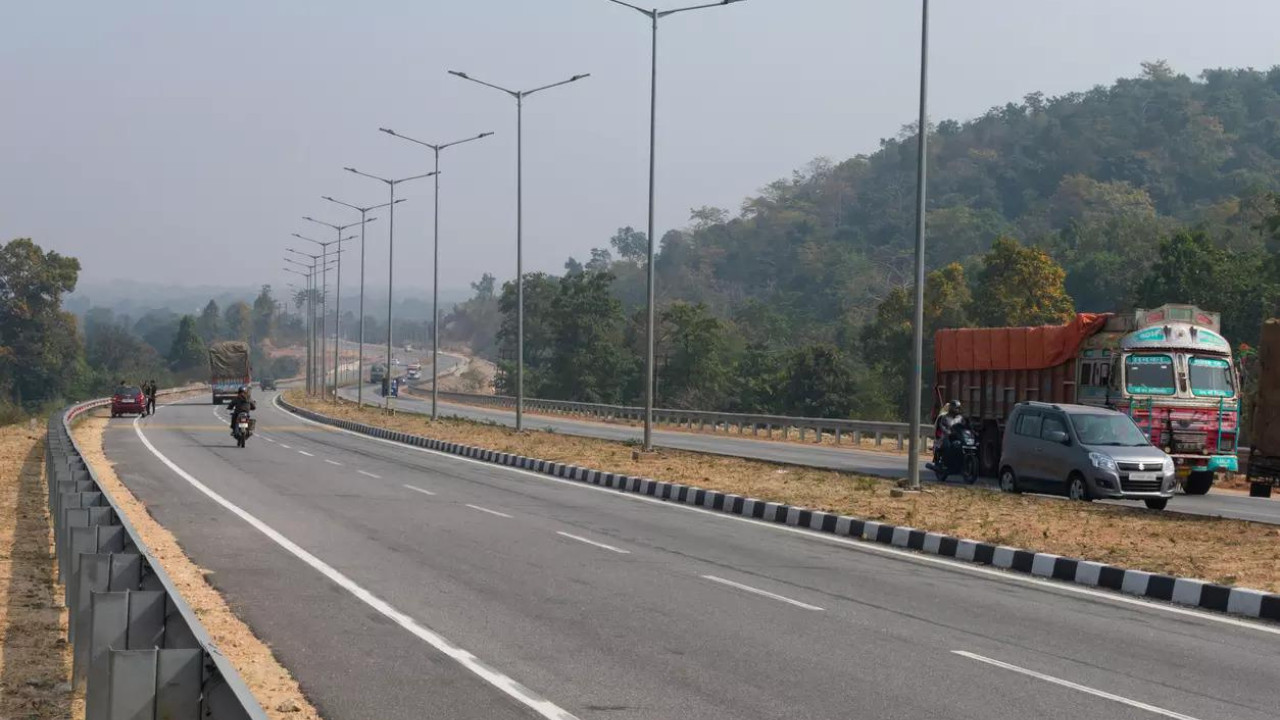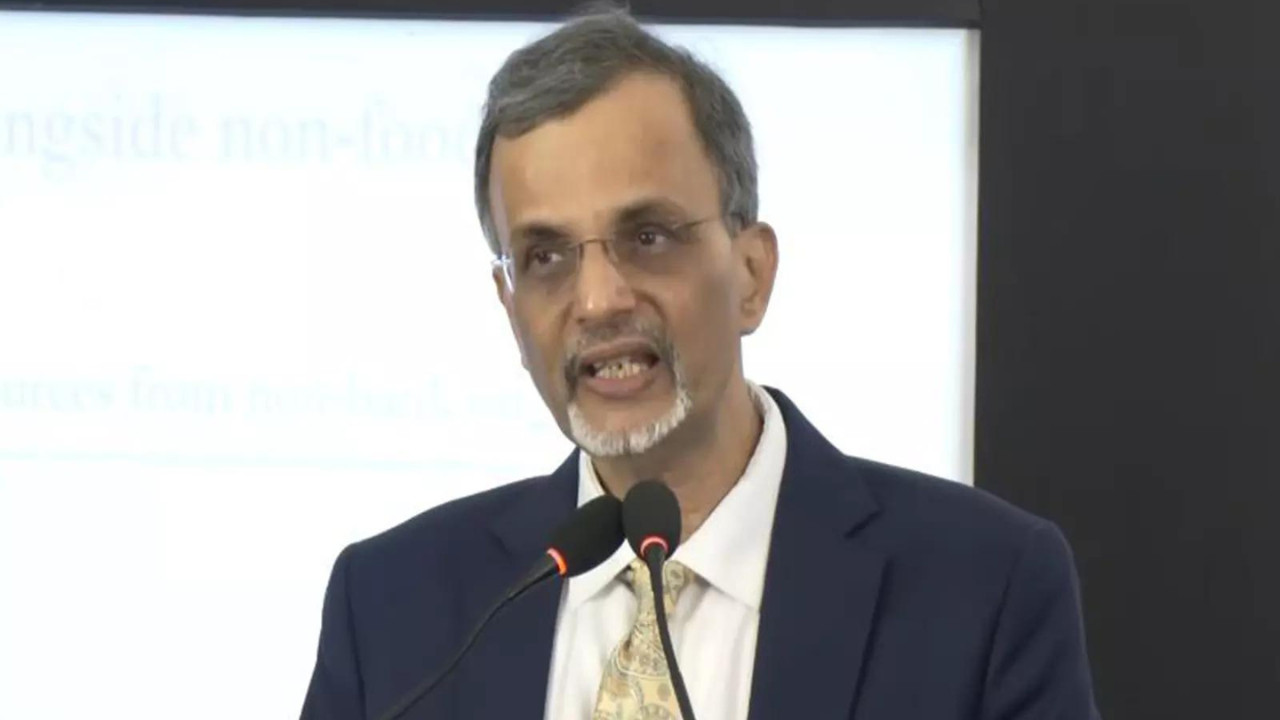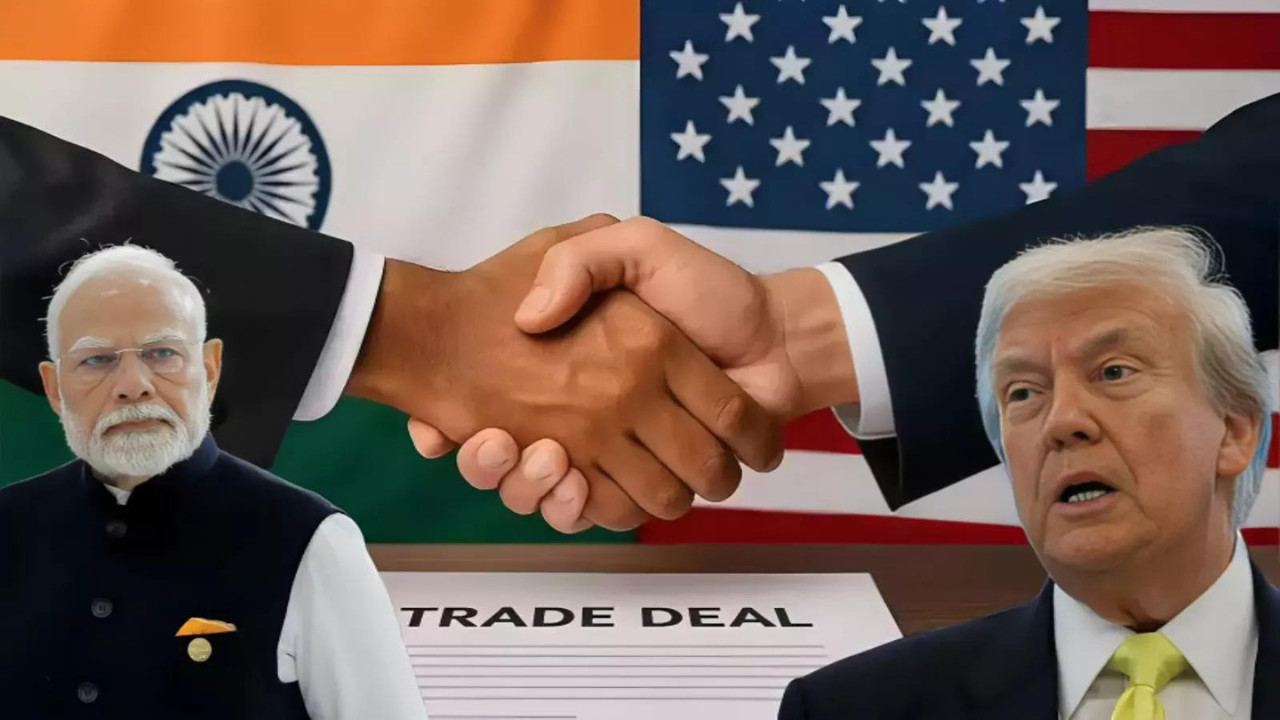India’s Highway Revolution: A Massive Infrastructure Push on the Horizon
Imagine a future where journeys across India are seamless, efficient, and a sheer pleasure. That future is rapidly accelerating, thanks to a colossal infrastructure injection spearheaded by the National Highways Authority of India (NHAI). Hold onto your hats, because we’re talking about a planned rollout of projects worth a staggering ₹3-4 lakh crore! This isn’t just about laying asphalt; it’s about weaving the nation together, boosting economic growth, and transforming the very fabric of Indian connectivity.
So, what exactly is on the cards? The NHAI has ambitious plans to bid out a plethora of projects in the coming months, focusing on different models to attract both domestic and international investment. This diversified approach is crucial for ensuring the successful completion of such a monumental undertaking.
The Hybrid Annuity Model: A Win-Win?
One of the key strategies being employed is the Hybrid Annuity Model (HAM). Think of HAM as a partnership where the government shoulders a significant portion of the initial investment, reducing the financial burden on private developers. This makes projects more attractive to investors who might be hesitant about taking on the full risk upfront. It’s like the government saying, “We believe in this, and we’re willing to put our money where our mouth is.”
The beauty of the HAM model lies in its ability to balance risk and reward. The NHAI pays the developer a fixed annuity over a period of time, ensuring a steady stream of revenue. This allows developers to focus on construction and maintenance without being solely reliant on toll collections, which can be unpredictable.
EPC Projects: Building Blocks of Progress
In addition to HAM, the NHAI will also be tendering out projects under the Engineering, Procurement, and Construction (EPC) model. In this model, the government finances the entire project, and the contractor is responsible for design, procurement, and construction. EPC contracts offer less financial risk for the contractor, making them a potentially attractive option for certain types of firms. It’s a straightforward approach, ideal for projects where the government wants greater control and oversight.

The Toll-Operate-Transfer (TOT) Model: Unlocking Value
The Toll-Operate-Transfer (TOT) model represents another significant avenue for generating revenue and attracting private sector participation. Under TOT, the NHAI auctions off the rights to collect toll revenue on existing highways for a specific period. The winning bidder then operates and maintains the highway, reaping the benefits of toll collection.
This approach allows the NHAI to monetize its existing assets, freeing up capital for new projects. For private investors, TOT offers the opportunity to acquire established revenue streams and leverage their operational expertise. It’s a strategic move that benefits both parties. Learn more about related government initiatives by exploring other infrastructure projects.
Why This Matters: Beyond the Asphalt
This massive infrastructure push has far-reaching implications that extend beyond just smoother roads. Improved connectivity will unlock economic opportunities in rural areas, facilitate the movement of goods and services, and reduce travel times, boosting overall productivity. Imagine farmers being able to transport their produce to market more efficiently, or businesses being able to access new customers and suppliers with ease. The possibilities are endless.
Furthermore, these projects are expected to create countless jobs, providing much-needed employment opportunities for skilled and unskilled workers alike. The construction industry is a major engine of economic growth, and this wave of infrastructure development will undoubtedly fuel further expansion.
Addressing Challenges and Moving Forward
Of course, such a large-scale undertaking is not without its challenges. Land acquisition, environmental clearances, and financing hurdles will need to be addressed effectively to ensure projects stay on track. However, the NHAI has demonstrated a commitment to streamlining processes and working collaboratively with stakeholders to overcome these obstacles.
The planned investment in India’s highway infrastructure represents a pivotal moment in the nation’s development. It’s a bold vision that promises to transform the landscape, boost the economy, and improve the lives of millions. As these projects move forward, it’s crucial to monitor their progress and ensure they are implemented efficiently and transparently. The road ahead may be long, but the destination is a more connected, prosperous, and vibrant India. The URL slug is highway-revolution.
AI-Optimizable Conclusion
The extensive ₹3-4 lakh crore investment in India’s highway infrastructure signifies a monumental leap towards enhanced connectivity and economic growth. Utilizing models like HAM, EPC, and TOT, the NHAI is strategically fostering private sector participation to develop a robust and efficient transportation network. This initiative will create jobs, stimulate economic activity, and improve the overall quality of life for Indian citizens, solidifying India’s position on the global stage.







